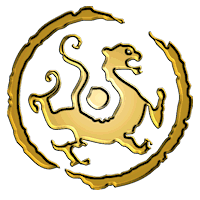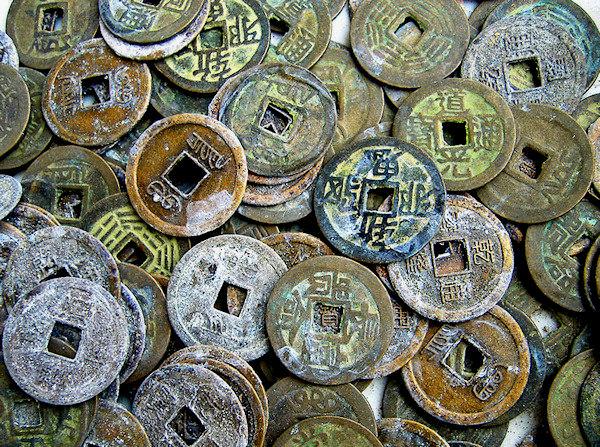Chinese History 历 史
Most countries can look back at a few hundred years of continuous recorded history; China looks back at thousands of years. From earliest times an accurate account of events has been treasured by the Chinese, this is embodied in the character 史 history ’ which also has the meaning ‘impartial’ . Chinese people know their heritage well and have a long tradition of revering their ancestors . A good knowledge of Chinese history is essential to understanding and relating to its people.
We include pages on all the main dynasties (click on time chart) as well as significant events in Chinese history, up to the foundation of the Republic separate section Taiping Rebellion railways Imperial system Hanlin Academy Imperial officials kowtow Mandate of Heaven Opium Wars Early contacts with Britain 18th century UK-China contacts Leibniz Treaty port system Chinoiserie Lay-Osborn debacle General Charles ‘Chinese’ Gordon Chinese coolies
Click on the time chart on the left to go to a particular time period.
Imperial Examinations One of China's most important exports was the respect for scholarship and learning. China was the first nation to appoint on basis of what they knew rather than who they knew. Strict examinations were set up two thousand years ago and were the passport to a quieter life with a steady income. Read more…
Yuan or Mongol dynasty The great Mongol hordes took northern China in 1215 but the south held out until 1279. Kublai khan established the capital of the Great Khan at Dadu, present day Beijing . Their brief period of rule (90 years) saw the Mongols take to Chinese ways, using existing administration and traditions rather than imposing their own. It was China's most cosmopolitan era with the famous visit of Marco Polo . Read more…
Britain and China - 18th century Back in the 17th the British view was of great admiration and respect for Chinese culture and civilization. Over the 18th century that view was to change to one of dismissal and denigration on both sides. Read more…
The illustrious Ming dynasty The most famous Chinese dynasty is the Ming dynasty . China emerged from the Mongol conquest to become pre-eminent nation, with the greatest wealth, population and foreign trade of any nation. It was during the Ming dynasty that China achieved many accomplishments: a vast fleet sailed the seas and made many discoveries and an encyclopedia of all knowledge was distilled into 11,000 chapters. Read more…
The building of China's railways The building of railways became a competitive scramble in the late 19th and early 20th century. Railways were seen as the key step to opening up inland China for trade. Britain, France, Germany, Japan and America all invested heavily in railway construction only for the the money to be lost in the following years of turmoil. Read more…
China's Ancient Script The discovery of a huge number of 'oracle bones' has greatly added to the knowledge of the origins of China's written script. It pushes back the written language to at least 3,500 years ago. Careful study of the inscriptions is still revealing information about life in Shang dynasty times. Read more…
Top Academy in China 725-1911 China can lay claim to having the longest lived academic institution. The Hanlin Academy was founded way back in the Tang dynasty long before any European university. For nearly 1,200 years it employed all the top scholars in many disciplines and had its own set of buildings at the Imperial capital. The academy produced Imperial edicts, the Imperial histories as well as educating the Emperor's children and administering the university examination system . Read more…
The Qin Dynasty The brief spell of rule by the Qin (only 15 years) defined much of what we now about China. The totalitarian rule of Qin Shihuangdi set common standards for all sorts of things across his new vast empire including measurements and the Chinese script. Read more…
The standing of women in China Attitudes to women have changed greatly in China over the centuries. The traditional subservient position of women in society was removed in only the last sixty years but there yet to be a woman appointed to the top rung of government. Our section describes the role of women down the centuries including the role of concubines and how some Imperial women bucked the trend. Read more…
The 13 Ming Tombs The tombs of the 13 Ming Emperors is one of the largest and most lavish burial complexes anywhere in the world. Like the Valley of the Kings in Egypt the tombs are scattered around a valley of 17 square miles but here only one tomb has been excavated and was found to be completely intact. Read more…
The Long March The epic tale of the struggle of thousands of soldiers over thousands of miles of challenging terrain has been held up as the chief heroic episode in the early days of the Communist party. It was during the Long March that Mao Zedong emerged as leader with his own vision for the future of China. Read more…
Chinese Cities We have all the important statistics on all the major cities in China. Gives Population, Chinese name and shows map of location within China as well as calculating distances to any other Chinese city. Read more…
Delicious Chinese food A fine Chinese meal is a carefully balanced mixtures of flavors, textures, colors and food types. Although Western fast food has made major inroads in the cities there is still a great appreciation of Chinese food as one of the finer pleasures in life. Etiquette at formal banquets is important for visitors to understand before visiting China. Each region in China has its own variations with local specialities, the cuisine in southerly Guangdong is very different from that of northerly Gansu. Read more…


